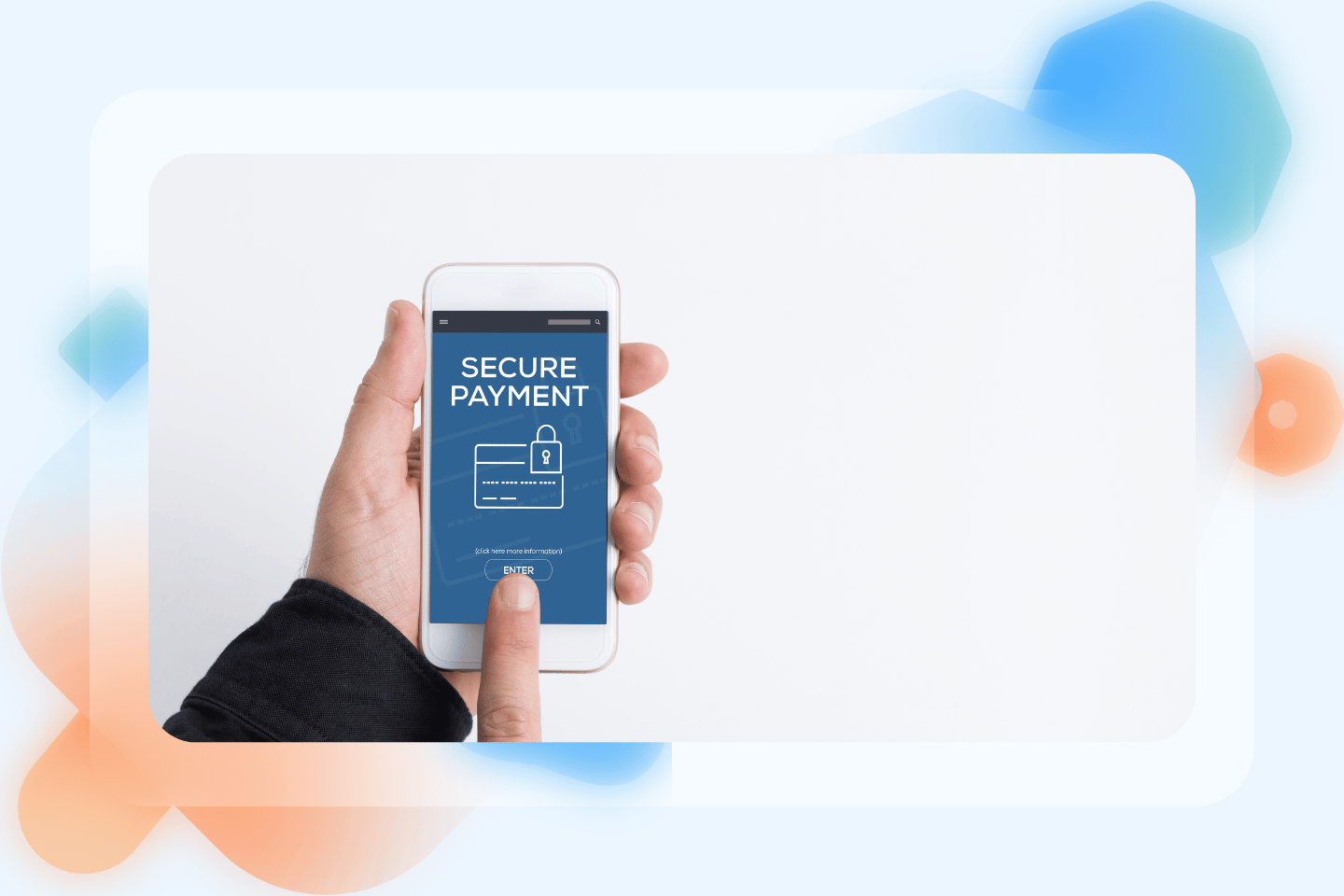Receiving customer feedback is more than a “nice to have.” It offers tangible benefits to eCommerce businesses, with three-quarters of US consumers saying they have a more favorable view of brands that ask for and accept customer feedback.
According to research from Shep Hyken, 79% of Americans trust a brand more if it delivers excellent customer service, while 52% of Americans would pay more for great service.
But how do you actually gather customer feedback to be able to use as marketing ammunition?
Read on to find out…
3 Ways to Collect Customer Feedback
1. Customer Surveys
One of the most common ways to gather customer feedback is by making a survey and encouraging people to complete it.
There are different types of eCommerce customer surveys you can explore, such as:
Customer Satisfaction Score (CSAT) Surveys
Helps you understand customer satisfaction with your product or service. Answers are multiple-choice, either on a sliding scale (e.g. 1 – 5) or as a description (e.g. “Satisfied”, “Somewhat satisfied”, and “Dissatisfied”).
Net Promoter Score Survey
NPS survey asks customers how likely they are to recommend your product or company to a colleague or friend. Responses are given on a scale from 0 – 10. Scores of 9+ are rated as “Promoters,” while those from 0 – 6 are “Detractors.” Your score is then calculated by subtracting Detractors from Promoters.
Customer Effort Score Survey
This survey measures the ease of using your product or getting an issue resolved by your customer support team. An example question could be: “How easy was it getting assistance for your query today?”
Milestone Survey
These questionnaires are sent at key moments in the customer journey, such as immediately after an order or delivery, with the goal of understanding the customer experience at that specific point in time.
It’s one thing to choose and create a survey. Encouraging people to answer it is a whole other issue. After all, your customers are busy. The last thing they want is to take time out of their day to navigate a complex survey with dozens of questions.
So what should you do? An effective strategy for driving completions is adding dynamic QR codes to (physical or digital) customer receipts after they’ve made a purchase. That way, customers can scan the code and be immediately transported to your survey landing page— no need to search for a specific page or type in a URL. The trick is to make it easy for them.
2. Feedback Buttons
Feedback buttons are a quick and easy way to gather customer feedback. Typically hidden away in a discreet tab at the side of a web page, they allow users to give their thoughts instantly— without having to navigate to a separate part of your website.
Because their easily accessible, they are perfect for collecting feedback at the point when customers encounter an issue. In turn, this makes it easier for you to understand the context behind their query or complaint.
While there are lots of use cases for feedback buttons, they’re most often used for:
- Spotting usability issues
- Identifying bugs and errors
- Finding opportunities for revenue generation
3. Customer Reviews
A big part of the online reputation management process hinges on monitoring customer reviews.
Despite the rise of fake reviews, customers still take them extremely seriously, with 89% reading them before making a purchase, per research from Trustpilot.
What’s more, reviews are one of the most enduring ecommerce trends—with 45% of consumers using them more today than they did in the past.
So it’s definitely in your interest to gather as many reviews as possible — not just for the sake of collecting feedback, but because prospective buyers will be looking out for them too.
Don’t expect customers to leave reviews without a little prompting. Once they’ve received an order, get in touch to ask them for a review (make sure to remind them exactly what they purchased), like ASOS does in this example:
5 Ways to Use Customer Feedback in Improving Customer Experience
1. Implement Feature Request Tracking for a More Transparent Approach
You’ve gathered a bunch of customer data and identified a ton of potential improvements. But you’re not ready to announce anything official just yet, let alone implement any changes. So how do you keep customers in the loop and let them know you’re taking their input seriously?
Feature request tracking is the perfect solution. It helps you manage and update customers on what you’re doing with their feedback and notifies them if you don’t plan on moving forward with their requests. This is very crucial because customers don’t want to put in the effort to make a suggestion, only to find out a year down the line that you haven’t done anything with it.
Not only that, but feature request tracking allows you to display all the features and improvements you’re planning to make to your website, app, or customer service. Then it asks your customers to vote on their favorite measure. That way, you can be certain that the changes you’re making will be well received.
2. Boost Conversions and Drive More Revenue
Of course, a big part of collecting customer feedback is to help you drive conversions and revenue.
According to Growcode, the average ecommerce conversion rate is just 2.27%. In other words, if 100 people visit your website in the next hour, just two of them will actually buy something. So just imagine how much additional revenue you could generate if you could push that figure up by even just a percentage point or two!
There is a myriad of reasons why a customer might visit your website but not convert. Maybe they’re just shopping around and aren’t ready to buy yet.
Maybe they’re waiting until payday to complete the transaction. Or maybe they encountered a problem along the way, got frustrated at your pages’ loading speed, or couldn’t find a crucial piece of information.
When you have a lot of customer feedback, you should be able to identify the recurring reasons why people don’t buy when they visit your site. Knowing these reasons means that you can actually do something to rectify those issues — and hopefully see a big uptick in conversion rates.
3. Reduce Cart Abandonment
Improving conversion rates isn’t just about persuading more people to buy from you. It’s also about encouraging people to complete the checkout process once they’ve started it.
According to the Baymard Institute, the average online shopping cart abandonment rate stands at almost 70%. In other words, for every 10 people who add an item to their shopping cart on your site, just three will actually buy there and then.
Clearly, it’s in your best interests to understand if there’s a recurring reason that’s stopping — or dissuading — people from finishing the checkout process. There could be many factors at play here, with the Baymard Institute’s research noting common issues such as:
- Unexpectedly high additional costs
- The requirements to create an account
- Slow delivery speed
If your customer feedback shows one or two frequently occurring causes of cart abandonment, it’s definitely time to rectify those issues. After all, reducing your cart abandonment rate by 10% could mean tens — or even hundreds — of thousands of dollars in additional revenue.
4. Leverage Positive Customer Feedback In Your Social Media Marketing
Coming up with new content and ideas for your eCommerce social media marketing strategy can be tricky, especially if you only have a small marketing team. You simply might not have the time or resources to produce a bunch of new and unique content every day.
Fortunately, customer feedback can help you out. Pick out your best, most informative customer reviews and use them as social content, either in the form of graphics, videos, or even simple text-based posts.
This isn’t just about making your life easier. There’s plenty of evidence to show that customers love user-generated content (UGC) and trust it more than the content created by your own team. For instance, in a survey from Stackla, four-fifths of customers said UGC “highly influenced” their purchasing decisions, while only one in eight said the same about branded content.
Unsurprisingly, plenty of brands are making use of this tactic. Here’s Fenty Beauty rounding up a series of positive customer reviews in a video posted on Instagram:

5. Build and Increase Customer Loyalty
Often, customer feedback is seen as a way to identify and fix problems, but it’s also invaluable for identifying your longest-standing, highest-spending customers and figuring out what they love about your brand.
It’s the best way to build more loyal customer relationships — and loyal customers are worth their weight in gold. According to KPMG:
- 86% of loyal customers will recommend a company to friends and family
- 66% will write a positive online review after a good experience
- 46% will stay loyal even after a bad customer experience
Carrying out NPS surveys is a particularly useful way to find loyal customers. By definition, those who award you the highest scores are most likely to be bought into your brand and product.
You can then reach out to those customers and ask them why you’re so great. Is it your low pricing? Your fantastic customer service? Your incredible product quality?
Whatever the case, their glowing words can inform your marketing strategy, allowing you to emphasize your strong points in an effort to attract more loyal customers.
Bringing It All Together
No one likes criticism.
It can be tough to wade through hundreds of survey responses or negative reviews telling you exactly what’s wrong with your brand, product, or customer service.
But burying your head in the sand isn’t the answer.
The only way you’ll eradicate those issues — and improve customer satisfaction — is to confront your feedback head-on and use it to drive positive change in your business.






